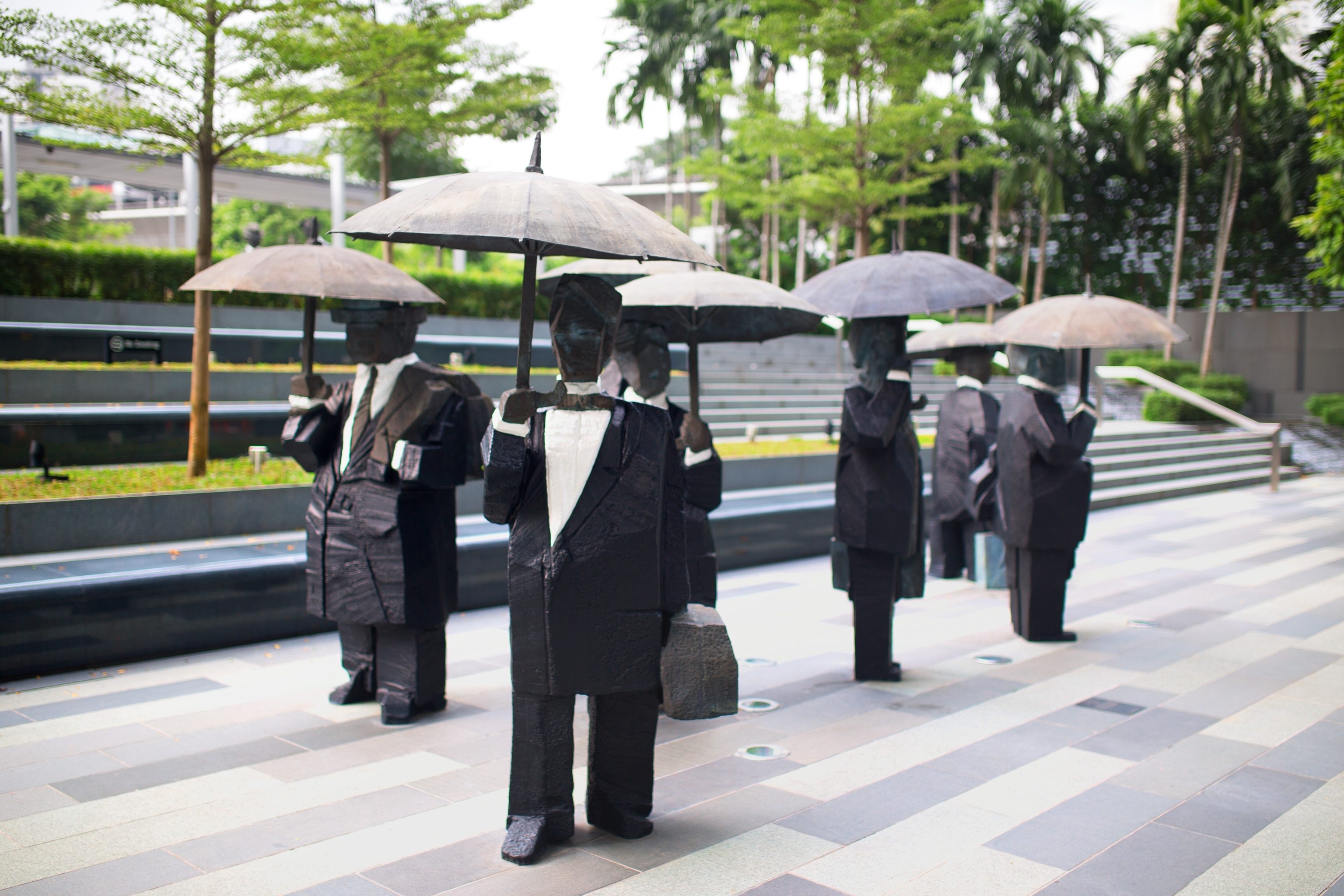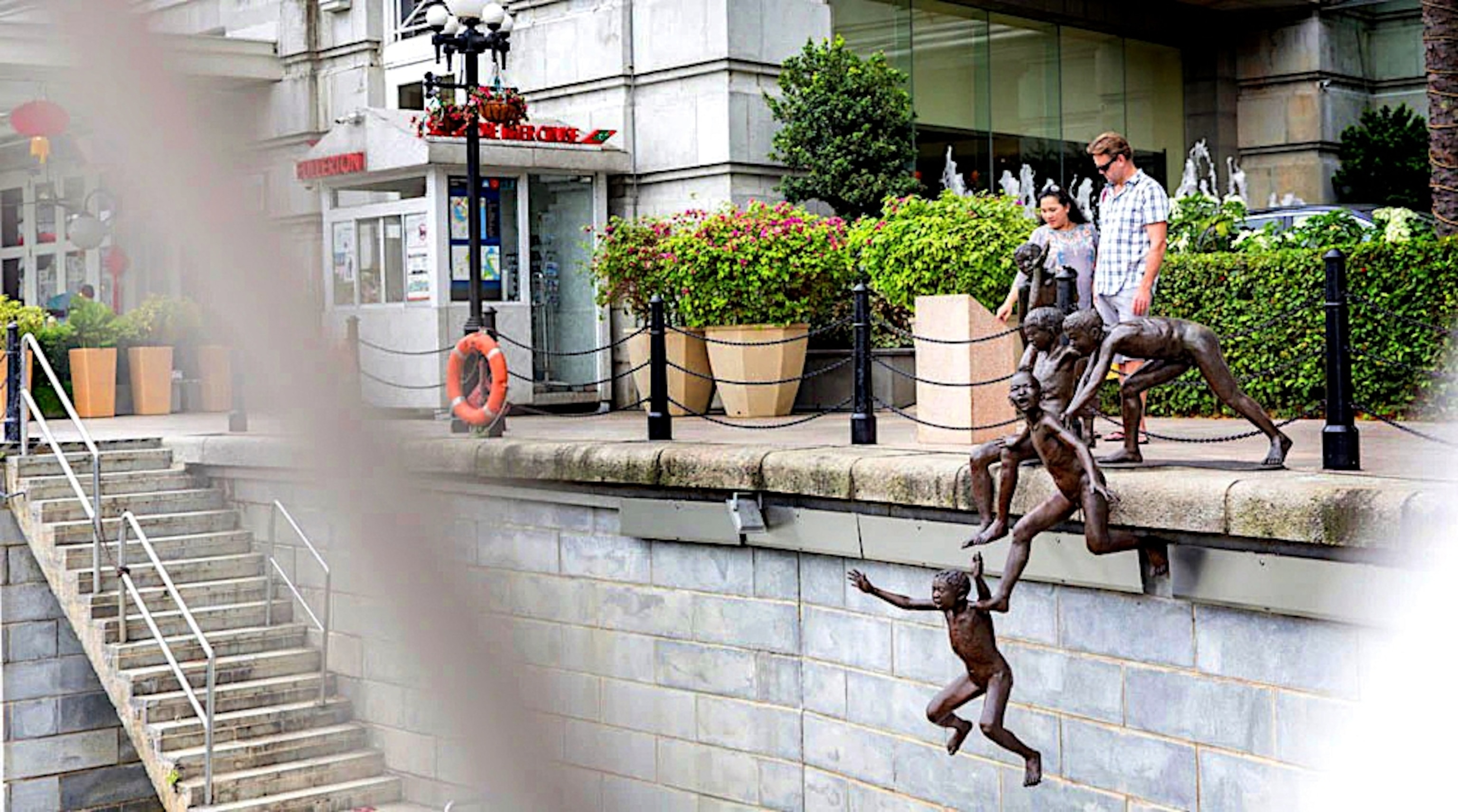Singapore is an amalgamation of eastern and western heritage, as well as a dichotomy of modernity and traditions. The country’s fusion of cultures, backgrounds, and philosophies provide a rich canvas for Singapore artists to explore their own voice and create one-of-a-kind works of art. Born and raised in this thriving metropolis, three local artists share where they go to get inspired in Singapore.
“The arts in Singapore have grown so much,” says actress Tan Kheng Hua, who starred in the Hollywood blockbuster “Crazy Rich Asians.” “The palette, the menu, the repertoire, the quantity, the quality, everything has grown by leaps and bounds. All those things continue to be such a reservoir of excitement and admiration.” Artists like Tan credit growing up and living in Singapore—where art and culture intersect with their daily lives—to have influenced their sense of self and unique points of views.
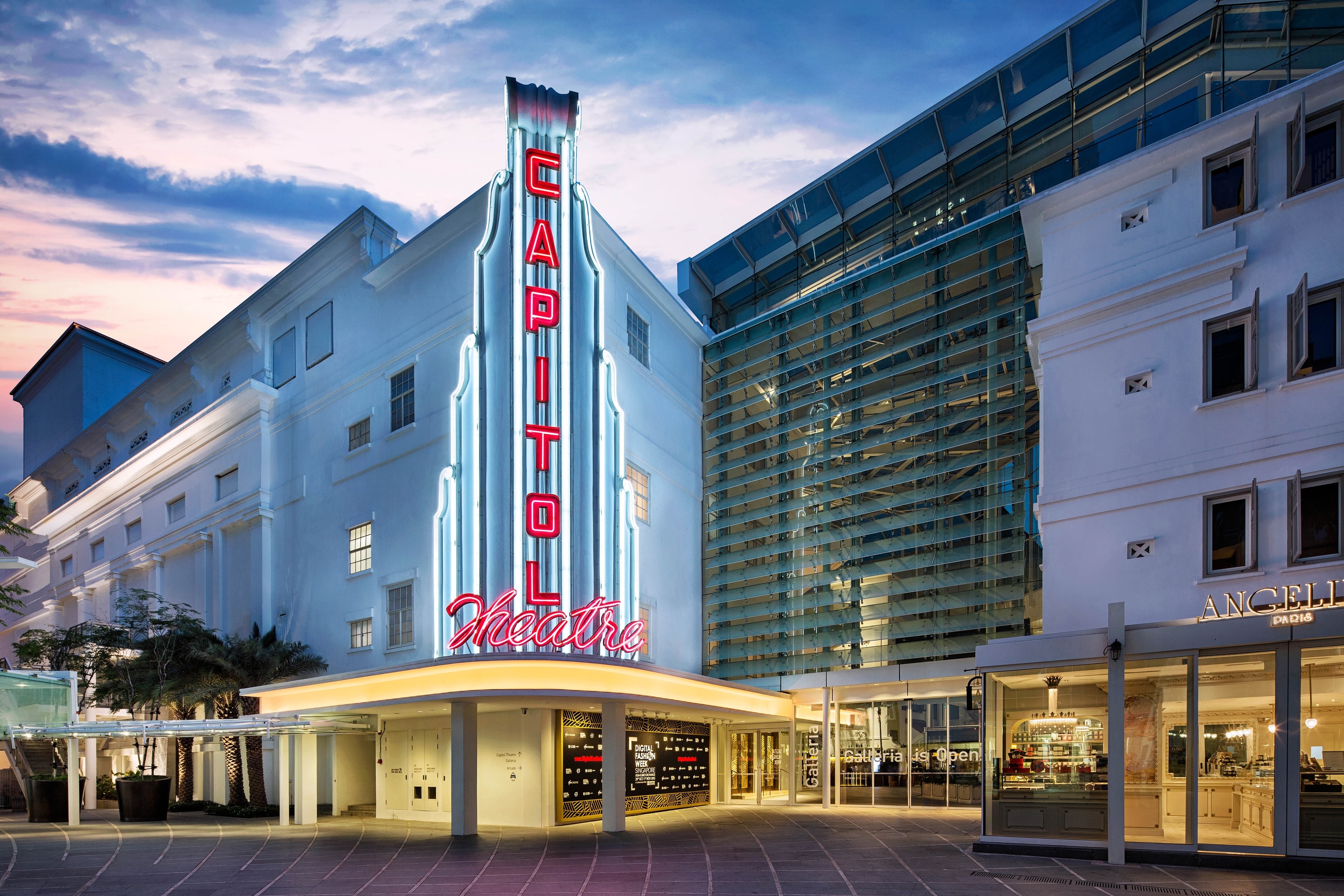
Before furthering her career in Hollywood, Tan was a mainstay in Singapore’s theater, film, and TV scene for nearly three decades. While she splits her time between Canada, the U.S., and Singapore, one of the places that remain a constant inspiration to Tan is the Civic District. “My school, Convent of the Holy Infant Jesus, was right in that area. As a young girl, I would go and watch movies after school at the Capitol Theatre or Cathay Cinema,” says Tan. “So that definitely fed into my love of movies.” Cathay Cinema has since been converted to a state-of-the-art multiplex movie theater, but visitors can still learn about Singapore’s film history that dates back to the mid-1800s at the free Cathay Gallery, tucked in the second floor of the complex. Meanwhile, Capitol Theatre still retains the opulence of its yesteryear, continuing to showcase live concerts, dance performances, musicals, and comedy shows by Asian and international acts like Malaysian comedian Nigel Ng and American musician Jack White.
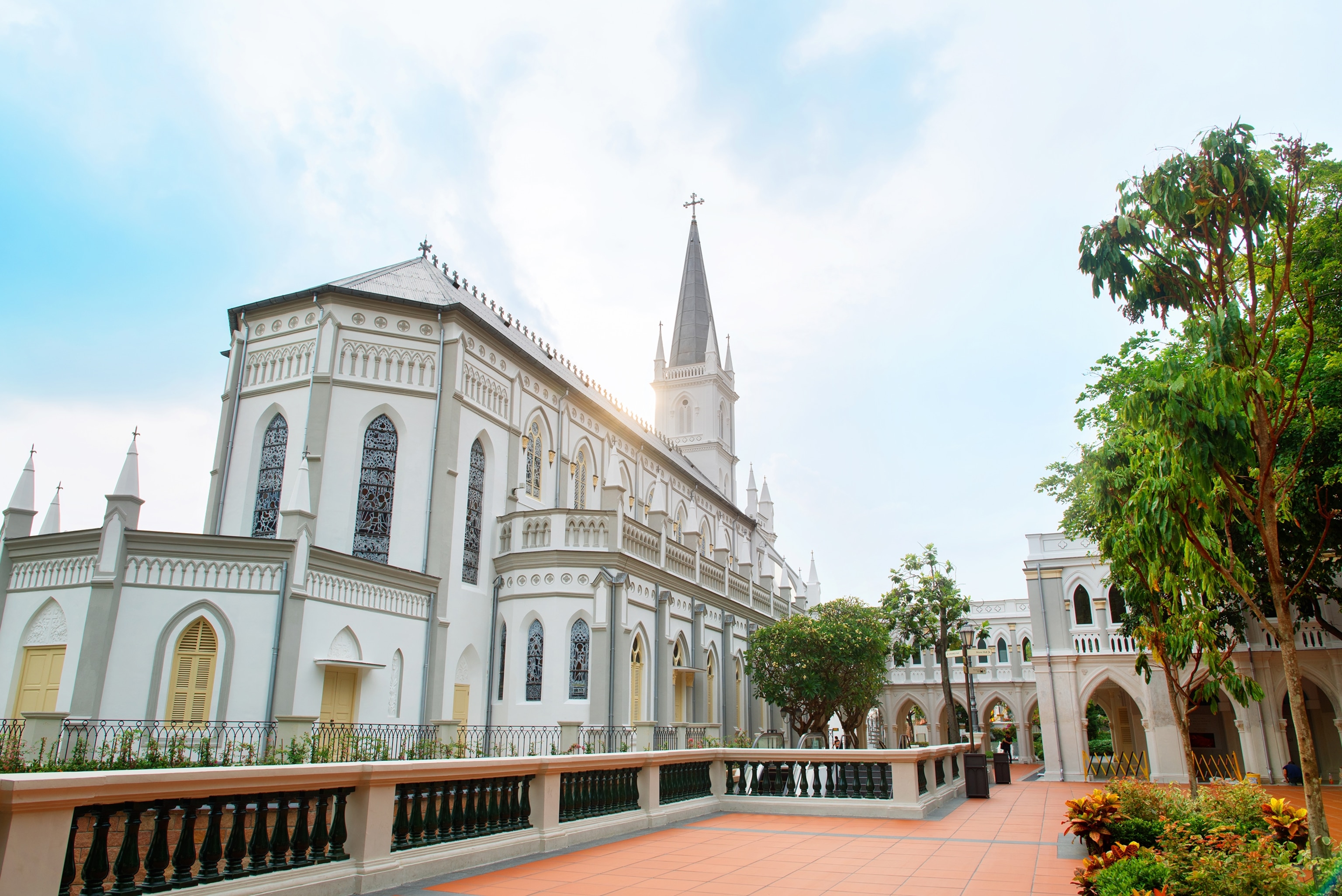

In a serendipitous turn of events, the iconic wedding scene in Crazy Rich Asians was filmed in the chapel of Tan’s alma mater, where the historic Neo-Classical building complex was reimagined in the 1990s as CHIJMES, a lifestyle and entertainment complex that also houses spas, restaurants, and bars. Over the past few decades, missionary schools like CHIJMES, St. Anthony’s Convent, and Saint Joseph’s Institution, as well as colonial-era government buildings in Singapore’s Civic District have been converted to museums, galleries, design centers, and music venues. The former Supreme Court and City Hall buildings now house the National Gallery Singapore, while The Art House took over the Old Parliament House. The art and cultural hub is also dotted with sculptures, monuments, and memorials that document the country’s evolution from a humble fishing village to a flourishing metropolis. Visitors interested in learning about the history of Singapore can embark on public trails like the art-focused Jubilee Walk or a nature-themed Civic District Tree Trail.
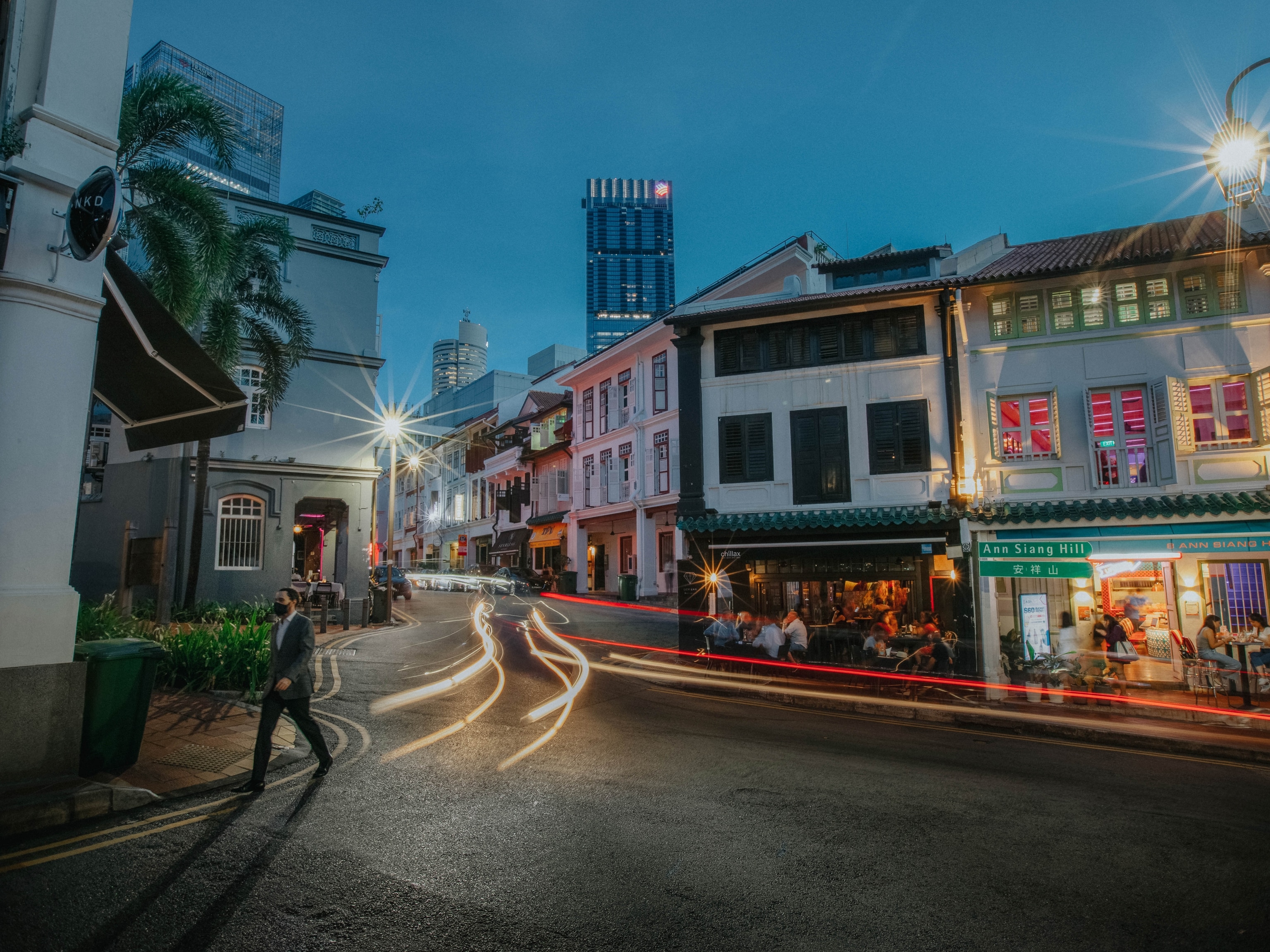
The film and art scene in Singapore is one of constant transformation, while holding on to traditions and heritage. For contemporary artist Jahan Loh, it was important to capture that dynamic in his artwork. “Our cityscape is so inspiring—futuristic buildings and old 19th century buildings preserved in a time capsule,” says Loh. Credited as being the first local artist to bring street art to galleries in Singapore and China, Loh’s artwork reflects daily life in Singapore and the inspiration he draws from walking around the city. “Strolling around Jalan Besar conservation area, Little India, Tanjong Pagar, and downtown in the CBD (Central Business District) gives me a lot of energy and pride knowing of the rich cultural heritage we have,” says Loh. Lined with late 19th-century shophouses and prewar buildings, these historic neighborhoods are popular weekend spots for folks who are nostalgic for old-school coffee shops and traditional artisans, as well as the Gen-Z and millennials who come for the hip bakeries, trendy bars, and Instagrammable street art. Less than 1 km south of Little India, Kampong Gelam is Singapore’s oldest urban quarters, which underwent a youthful, art-filled makeover, with shops selling everything from Malay artefacts to quirky fashion to vintage curios. These culturally diverse communities represent the crossroads between the past and the future—and serve as inspirations for artists, photographers, and filmmakers.

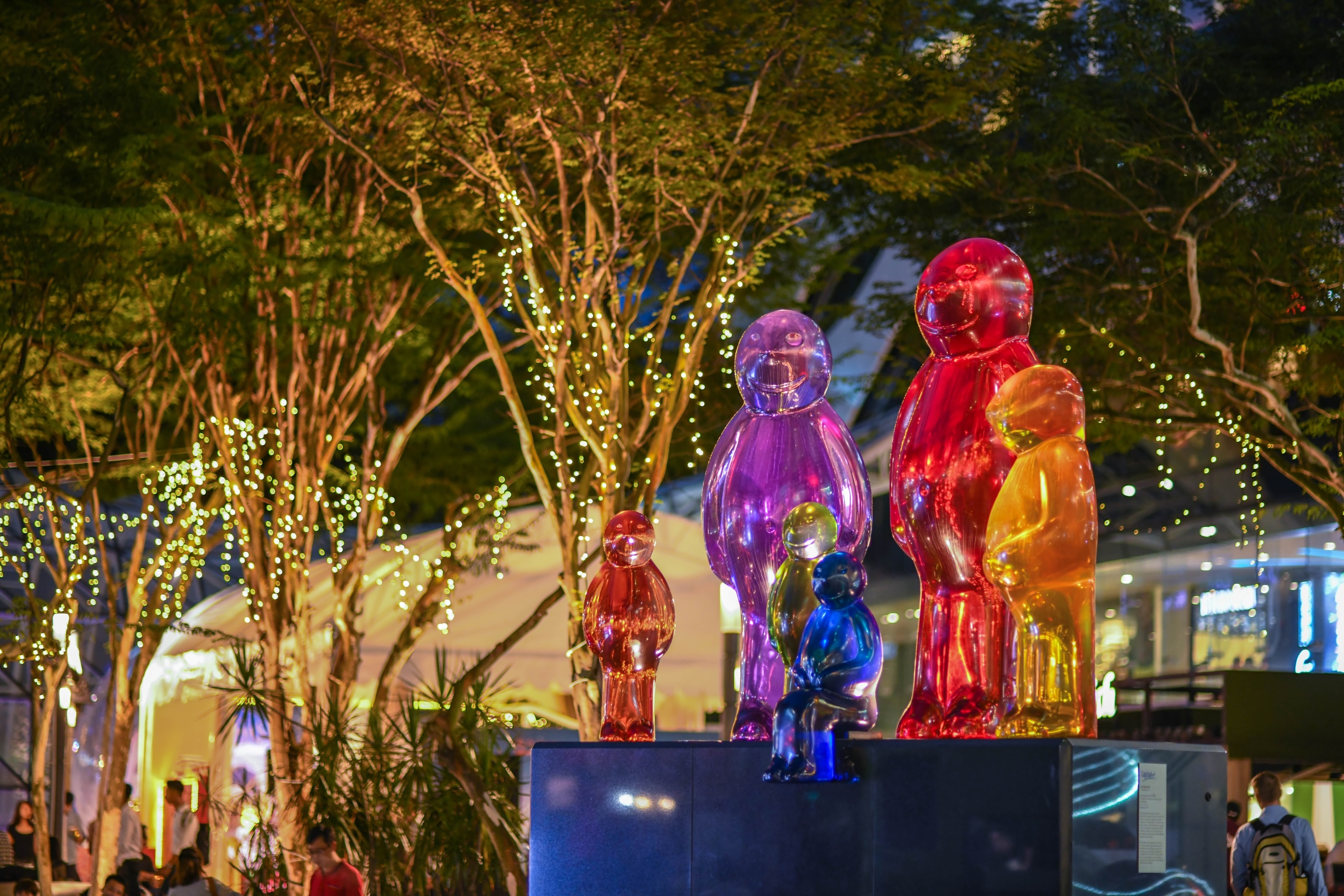
For Zulkifle Mahmod, art is everywhere in Singapore, permeating through the air—and all you have to do is listen. One of Singapore’s leading sound artists, Mahmod creates sound installation using copper pipes, glass apparatus, and electromagnets. Inspired by the sights and sounds of his hometown and its people, Mahmod heads to the streets and parks, occasionally with a recording device, to capture the soundscapes and conversations around him. “Most of my art is influenced by what’s happening in Singapore,” he says. One of his favorite destinations is Bras Basah Complex. Opened in the 1980s, the multilevel complex quickly became an art and cultural hub, hosting art exhibitions, music recitals, and book fairs. Today, the timeworn Bras Basah is still the place for art supplies, independent bookstores, and art galleries, as well as murals depicting vignettes of books, music, and Singapore life. “I like to go to places where there’s people from all walks of life, and I can just observe,” says Mahmod. The Bras Basah and adjacent Bugis area, known as the Bras Basah Bugis (BBB) precinct, has long been a favorite of the artsy crowd, thanks in part to its proximity to art schools like Lasalle, School of the Arts, and Nanyang Academy of Fine Arts, as well as design studios, art-supply stores, galleries, museums, and boutique shops. At Objectifs, Centre for Photography and Film, budding photographers can sign up for workshops or view photo exhibits.
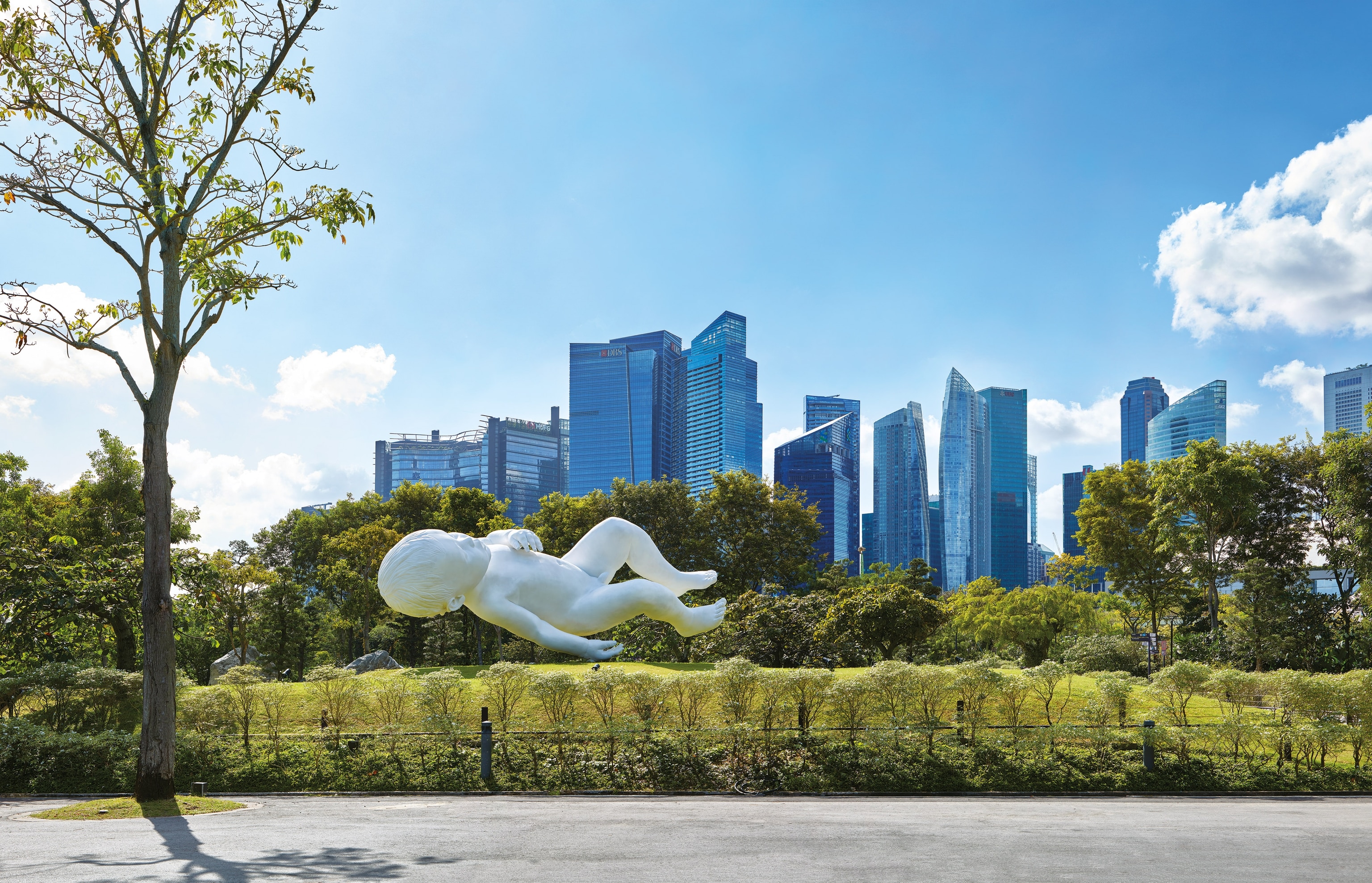
Artists in Singapore see beauty at every turn, from construction sounds on a busy thoroughfare to geometric lines on a skyscraper to the gravity-defying “Planet” by acclaimed British sculptor Marc Quinn at the Gardens by the Bay. And they continue to explore ideas and concepts, pushing boundaries along the way. “We must continue to understand what role the arts has got to play in our individual lives and in our nation. And how we can use art to shape perception, to appreciate, and understand humanity,” says Tan. “We must keep going into more profound, more prolific, and deeper understanding of what and how the arts add to our lives as human beings.”
To explore Singapore’s multifaceted neighborhoods and learn more about its art and culture scene, click here.
